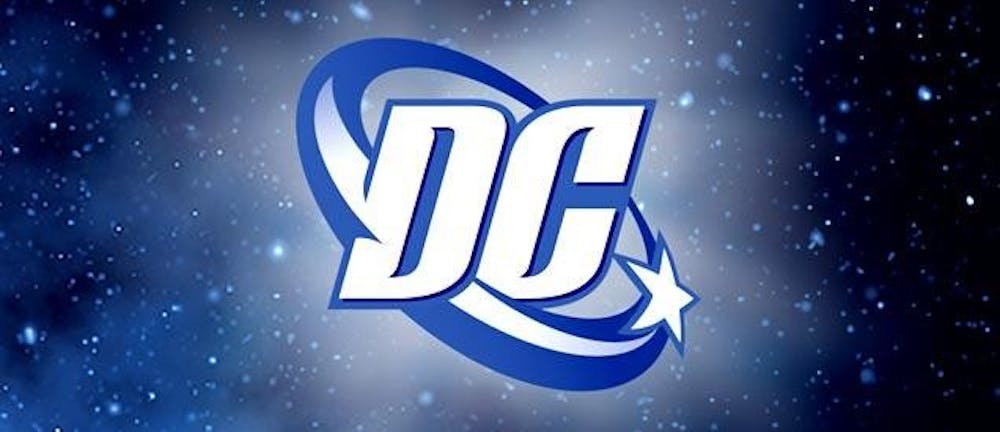“The Onion” can always be counted on for a laugh, and last’s Thursday’s “American Voices” feature was no exception. When informed that a copy of “Action Comics #1” sold for $1.5 million, the unemployed (and fictional) Meredith Tunison responded by saying “What's the point? That whole timeline was wiped out after the Crisis On Infinite Earths.”
This made me laugh, but it also got me thinking. Comic book universes are constantly growing and evolving as dozens of issues are released each month. But these issues aren’t self-contained. The writers have to be ever-conscious of how their stories will affect the universe at large. As such, the universes get ridiculously convoluted as the writers try to respect continuity. When this happens, sometimes you just have to blow everything up and start all over again.
That’s exactly what DC did when they released the aforementioned “Crisis on Infinite Earths” series. Some of the higher-ups decided that continuity was getting too complex, confusing and inconsistent, so they decided there would be a twelve-issue run to simplify things. In the series, catastrophic events put an end to the parallel universes that DC had confusingly created and created a new universe at the dawn of time where all future DC stories would occur. In an effort to clean up fifty years of confusing continuity, DC literally destroyed everything and started from scratch.
The series was wildly successful. Along with Alan Moore’s “Watchmen” and Frank Miller’s “The Dark Knight Returns,” it gave DC back a lot of the readers it had lost to Marvel in the preceding decade of confusion and mediocrity. DC became relevant practically overnight, and they haven’t lost much steam since.
Marvel’s response to an overly convoluted continuity wasn’t quite as drastic as blowing up the world – Marvel Comics take place on our own, real planet Earth, after all. Instead, they did the exact and added a new one.
In 2000, Marvel launched the Ultimate Universe with the publication of “Ultimate Spider-Man.” The intention was not unlike DC’s intention during “Crisis on Infinite Earths.” Marvel leadership thought that the origin stories and continuity were becoming too convoluted for casual readers and wanted to move their product to a new fan base. Rather than eliminating the old continuities and annoying the dedicated readers who had been following them for decades, they just started a parallel universe, one where origin stories were tweaked and Nick Fury looked like Samuel L. Jackson.
The new universe was a hit. Not only did new readers pick it up, seasoned comics veterans devoured the fresh new look at their beloved characters. Meanwhile, the traditional Marvel Comics universe kept clicking along, getting as complex and convoluted as it wanted with dozens of event comics changing the face of the world as we know it, and no one complained.
When continuities get too complex for average readers, it is the job of the comic book company to correct things. Both DC and Marvel saw great success with their separate ways of fixing their universes, and they’ve become stronger companies because of it. Could we see another overhaul in the near future? Will Marvel blow up the world? Will DC give us a new universe (they already sort of have with the Elseworlds books, but those aren’t within one continuity)? Only time will tell, but we have no reason not to trust them to do it right.






